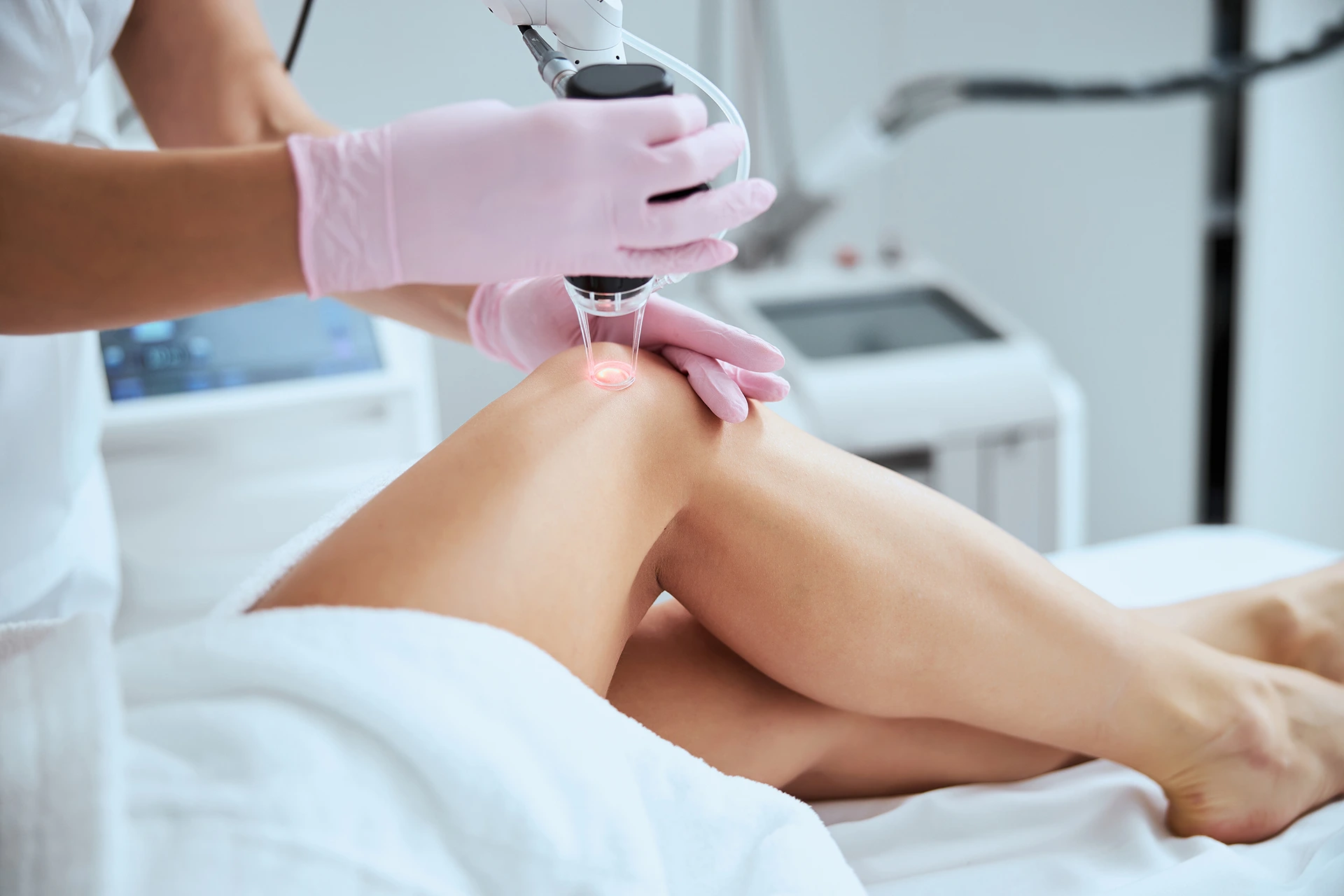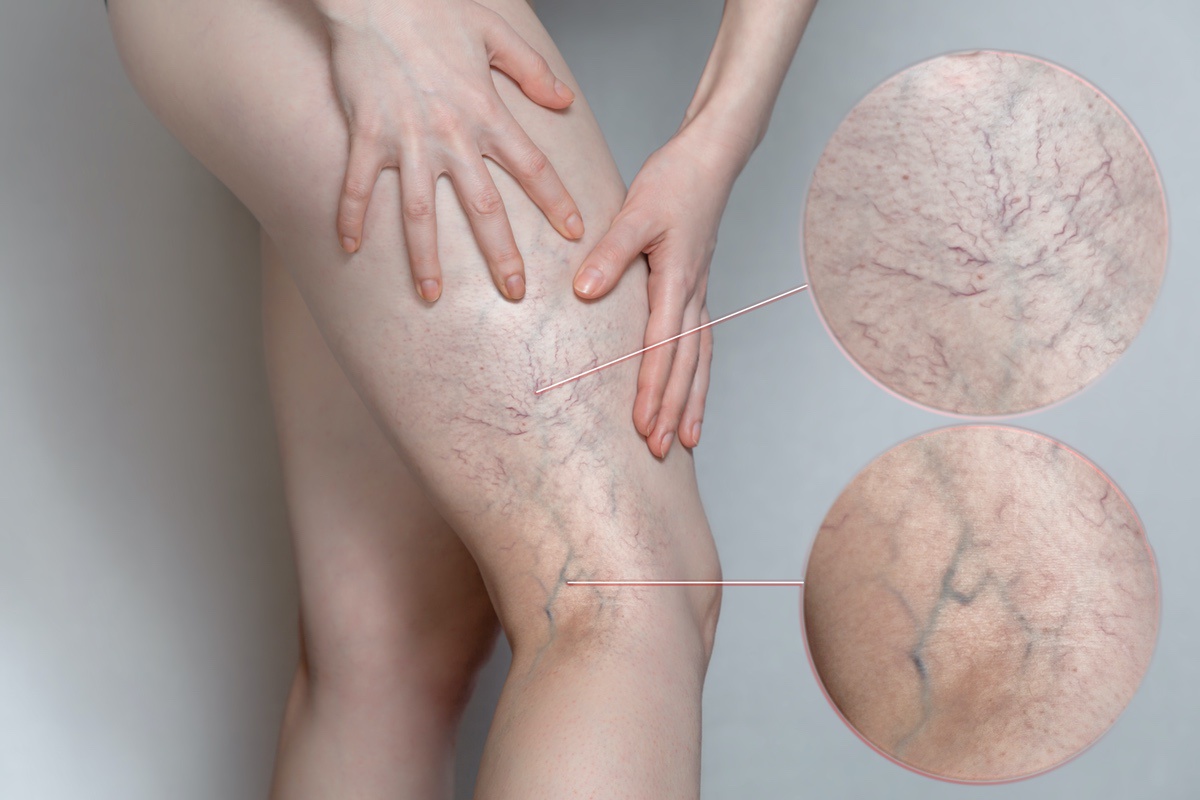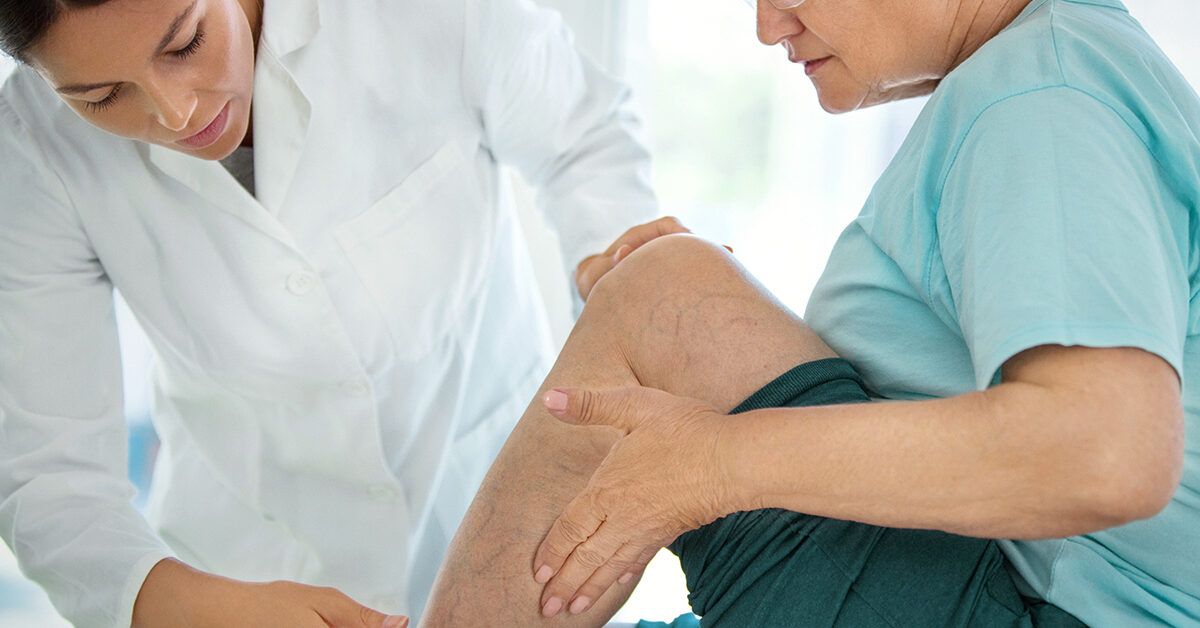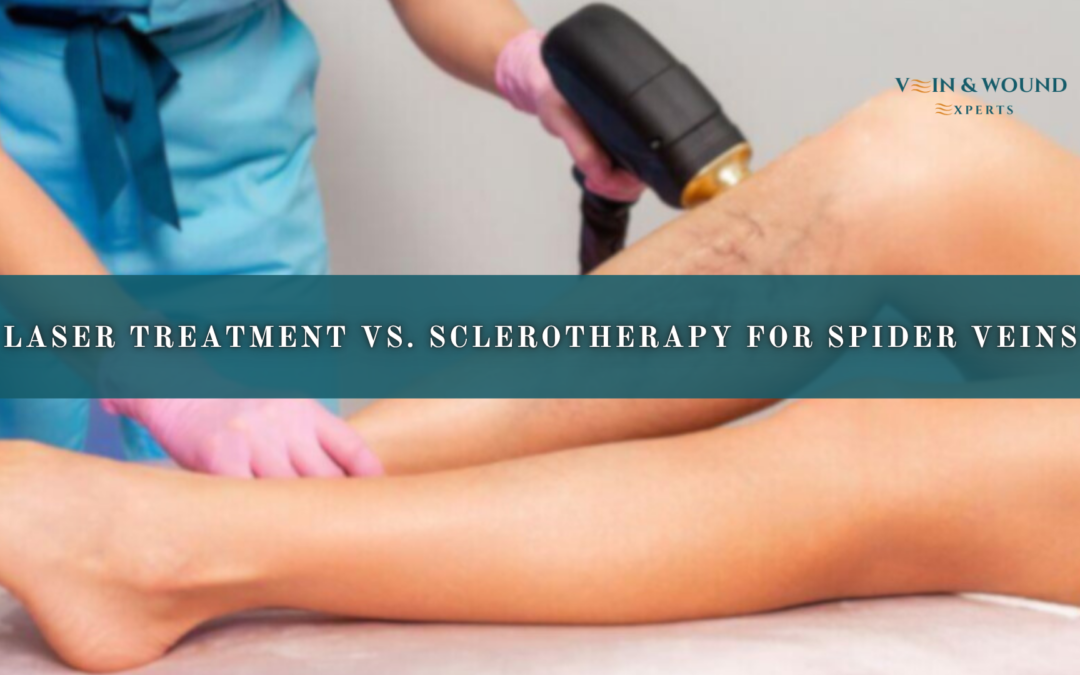Comparing Laser and Injection Treatments for Veins 💡💉

Spider veins, also known as telangiectasia, are a common concern for many individuals. These visible, web-like veins often appear on the legs and face and can cause both aesthetic discomfort and, in some cases, physical pain. While various treatment options are available, laser therapy and sclerotherapy are two of the most widely used methods for addressing these veins.
What Are Spider Veins and How Do They Form? 🦠🦵

Before we discuss the treatments, it’s important to understand what spider veins are and how they form. These small, dilated blood vessels appear near the surface of the skin, creating a network of red, blue, or purple veins. They are caused by a range of factors, including genetics, hormonal changes, prolonged standing, and even sun exposure.
While spider veins are generally harmless, they can be unsightly, leading many individuals to seek treatment. For those who have spider veins or even varicose veins, seeking the help of a vein doctor is a crucial step in managing these conditions.
Laser Treatment for Varicose Veins 🔥💡
Laser therapy has become a preferred method for addressing both spider veins and varicose veins. This procedure uses focused light to target and heat the affected veins, causing them to shrink and eventually close off. As a non-invasive treatment, it offers several benefits, including minimal discomfort, quick recovery times, and effective results for smaller veins. Laser treatment is typically performed by trained professionals and works well for superficial veins, providing lasting outcomes with minimal downtime.
Pros of Laser Treatment:
-
Non-invasive: No incisions are required, making it a popular choice for patients seeking a minimally invasive option.
-
Quick recovery: Most patients can return to their daily activities immediately after the procedure.
-
Minimal pain: Laser treatment is generally well-tolerated, with patients experiencing only mild discomfort during the procedure.
However, while laser treatment is effective for spider veins, it may not be suitable for larger varicose veins or veins with significant scarring. For these cases, a more targeted approach like sclerotherapy may be recommended.
Sclerotherapy: An Injection-Based Solution for Veins 💉🔬
Sclerotherapy is another popular treatment for spider veins. This method involves injecting a solution directly into the affected veins, causing them to collapse and fade over time. The procedure is relatively simple and typically requires multiple sessions to achieve optimal results.
Pros of Sclerotherapy:
-
Effective for large veins: Sclerotherapy is particularly effective for treating larger veins that may not respond well to laser treatment.
-
Quick and simple: The procedure is relatively quick, with most sessions lasting around 30 minutes.
-
Minimal recovery time: After sclerotherapy, patients can usually resume normal activities within a day or two.
However, injection therapy can cause some temporary side effects, including bruising, swelling, and minor discomfort around the injection site. Additionally, patients with certain medical conditions may not be suitable candidates for this treatment.
Comparing the Effectiveness of Laser Treatment vs. Sclerotherapy ⚖️💪
When it comes to the efficiency of laser vein treatment and sclerotherapy, both methods offer substantial benefits, though their results may vary depending on the size and type of veins being treated.
Laser therapy works best for smaller veins, particularly those close to the skin’s surface. It is effective for both facial and leg spider veins, providing long-term results with minimal downtime. Sclerotherapy, on the other hand, is ideal for larger veins and is often preferred when multiple veins need to be treated at once.
For individuals with extensive or deeply embedded veins, sclerotherapy may be the more effective treatment. However, for those with mild cases or superficial veins, laser therapy may offer superior results.
Side Effects and Risks: What to Expect ⚠️🩹
Both treatments are generally safe, but as with any medical procedure, there are potential risks and side effects. The side effects associated with laser treatment include temporary redness, swelling, and minor skin discoloration. These effects typically subside within a few days.
Sclerotherapy may cause temporary bruising, swelling, and discomfort around the injection sites. Some individuals may also experience itching or the formation of small blood clots in the treated veins, though these are typically harmless.
Consulting with a vein doctor is essential to discuss your medical history and determine which treatment is best suited for your needs.
The Cost of Laser vs. Sclerotherapy: Which Treatment is More Affordable? 💰💸
Cost can be a determining factor for many individuals. Laser treatment for varicose veins tends to be more expensive, with prices ranging from $300 to $1,500 per session, depending on the area being treated. Sclerotherapy is generally more affordable, with sessions costing around $300 to $500. However, multiple sessions may be required for optimal results with either treatment.
Pain Levels: Which Treatment Hurts Less? 🤕➡️😊
When comparing pain levels, many patients report that laser procedure is more comfortable than sclerotherapy. The heat from the laser can cause a mild tingling sensation, but it is typically well-tolerated. On the other hand, sclerotherapy involves injections, which can cause mild discomfort or a brief stinging sensation at the injection site.
Both cures are relatively painless and can be managed with over-the-counter pain relievers if necessary.
Choosing the Right Treatment for Your Veins ✅💉

Ultimately, the decision between laser therapy and sclerotherapy will depend on several factors, including the severity and location of your veins, your budget, and your personal preferences. Consulting with a qualified vein doctor is essential in determining the best course of action.
Both laser therapy and sclerotherapy offer effective solutions for spider vein therapy, each with its advantages and considerations. By understanding the differences in effectiveness, cost, pain level, and recovery time, you can make an informed choice that aligns with your goals and lifestyle.
Andy Scarifi
Position
